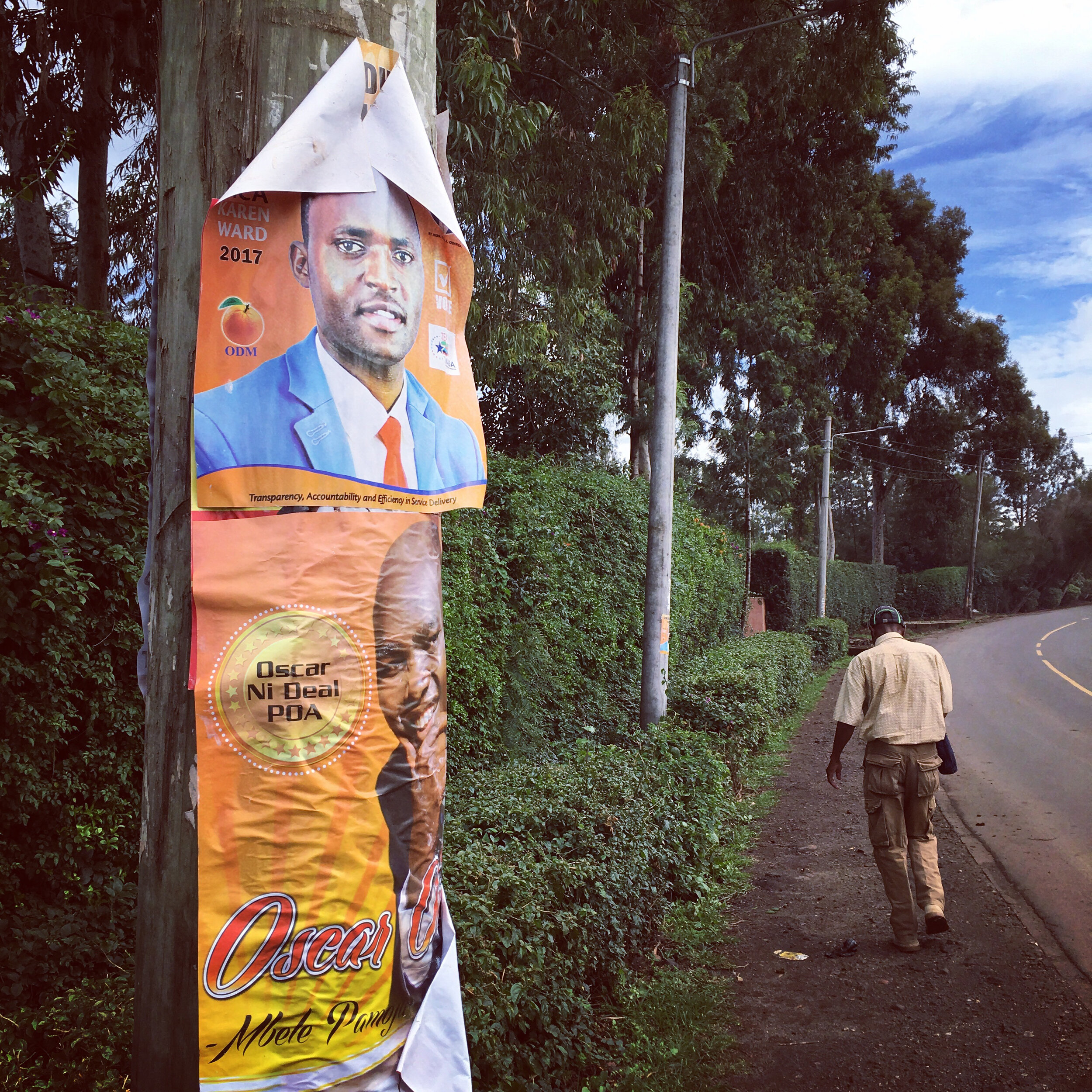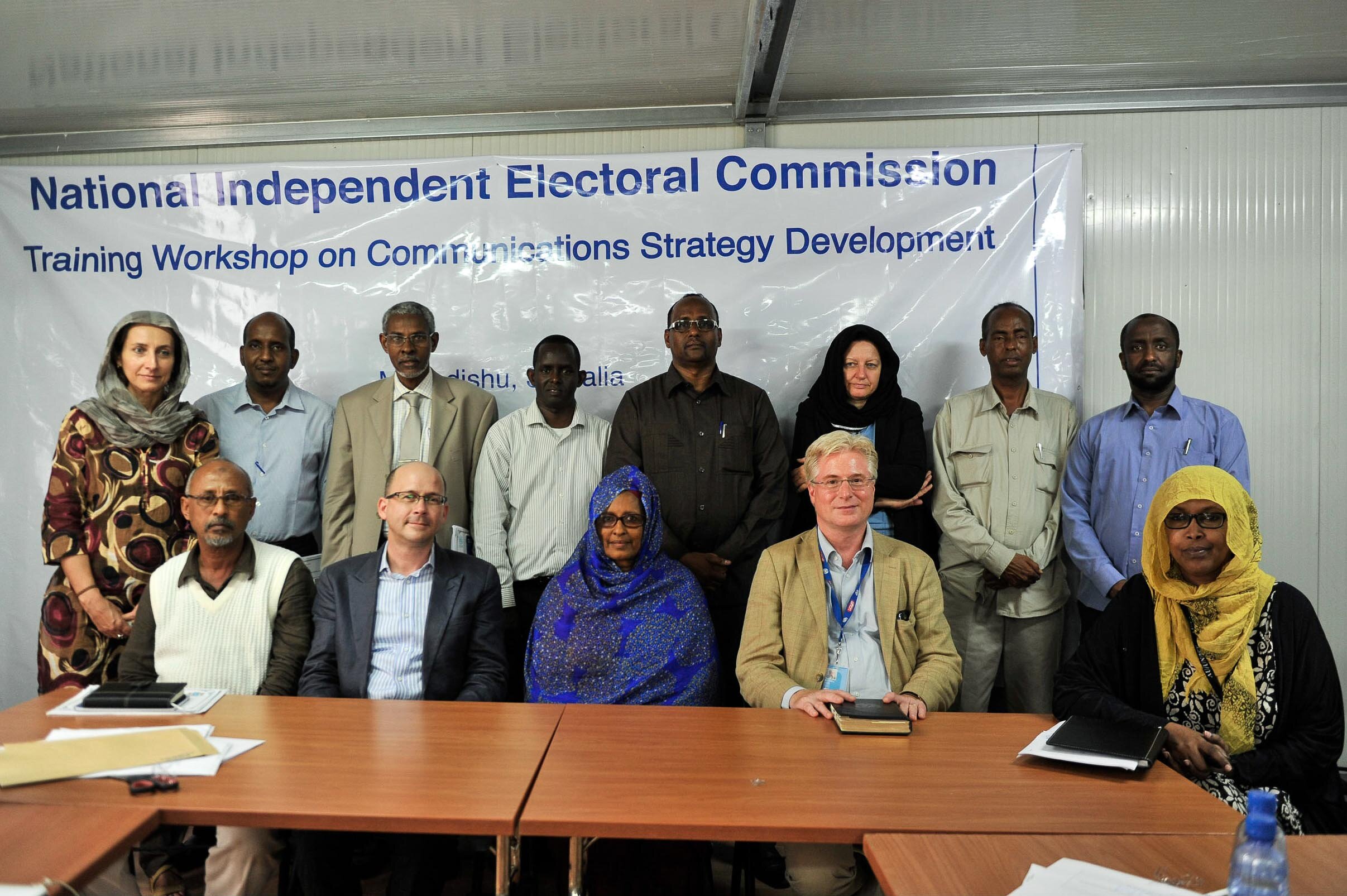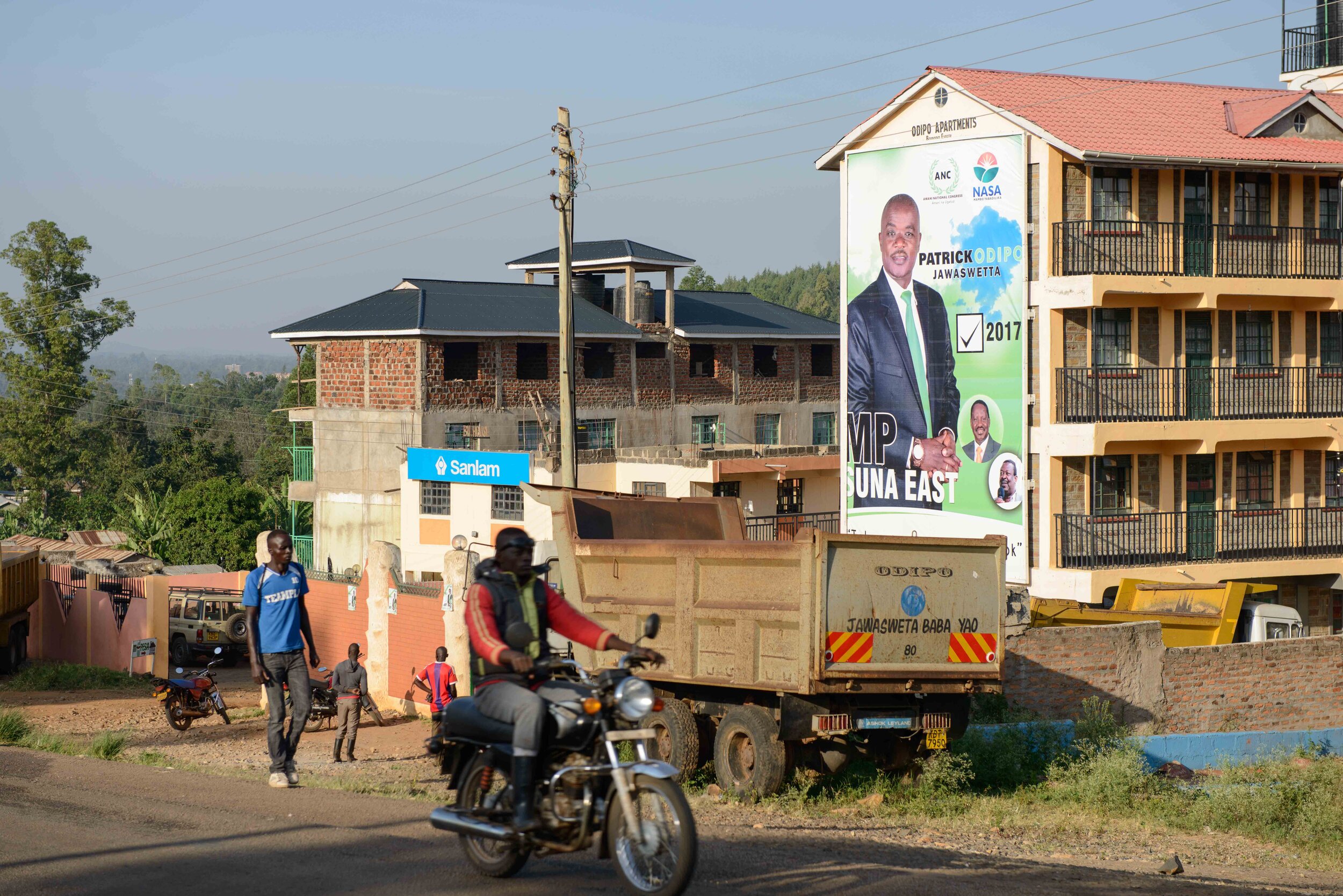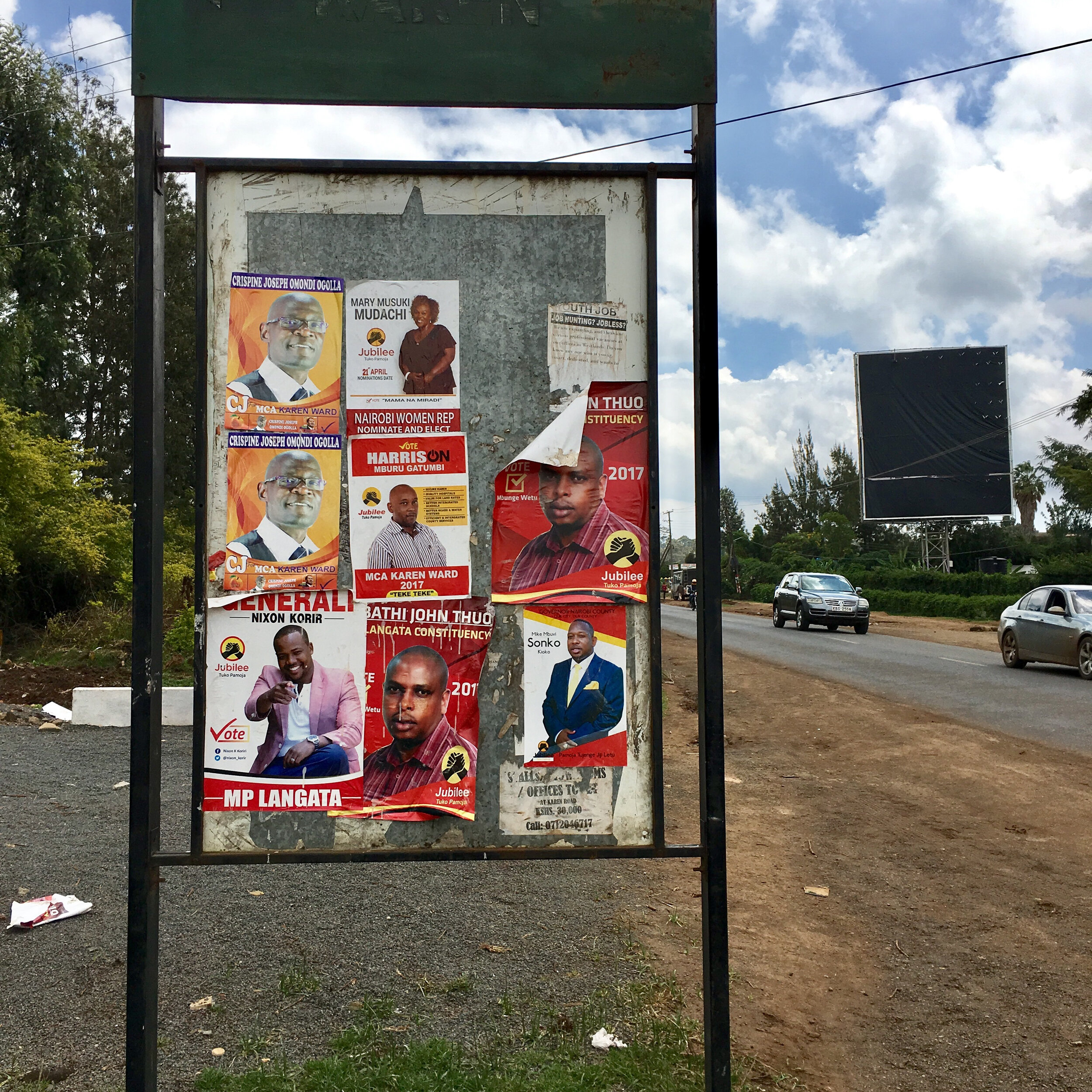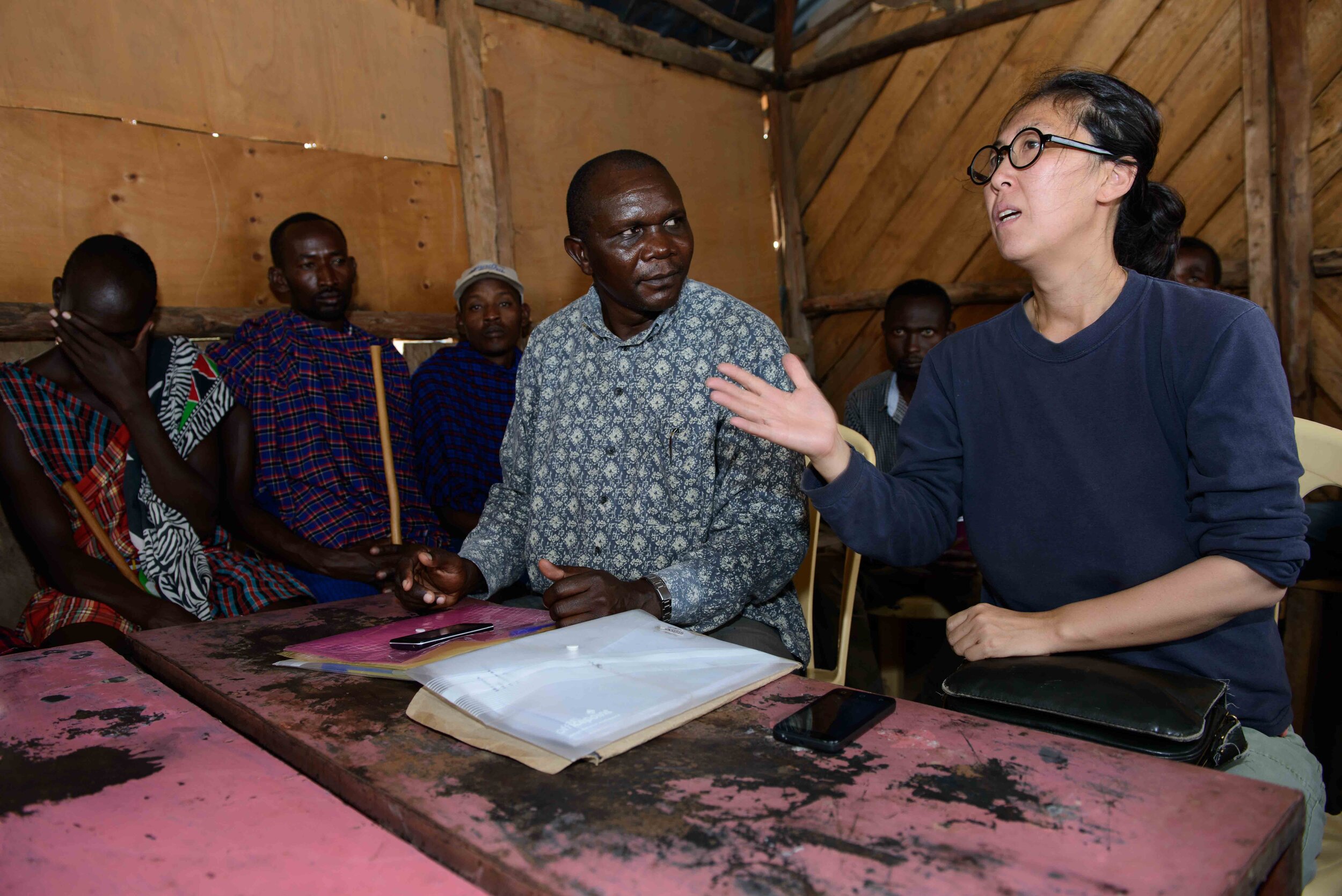Elections
Overview
Kenya is often cited as a country where ethnicity drives the behavior of politicians as well as the electorate. Accordingly, ethnic groups are often mobilized during elections and this has resulted in, for example, persistent election violence over the past decades. While Kenya indisputably has a diverse population, other factors need to be examined to explain what drives peoples’ behaviors during elections. Our research pursues a quantitative approach that is supported by qualitative insights.
Research
In 2017, we explored the voting behavior around Kenya's 2013 general elections of sub-ethnicities within the Maasai community in Kajiado County. Additionally, we analyzed how Kenya’s 2011 constitutional reform affected the behavior of women and minority voters. The data were collected through field research among 600 participants.
The hypotheses of the study were that: 1) sub-ethnicity affects voting behavior for the Maasai voters during the 2013 election, and 2) constitutional reform awareness worked as an intervening behavior.

